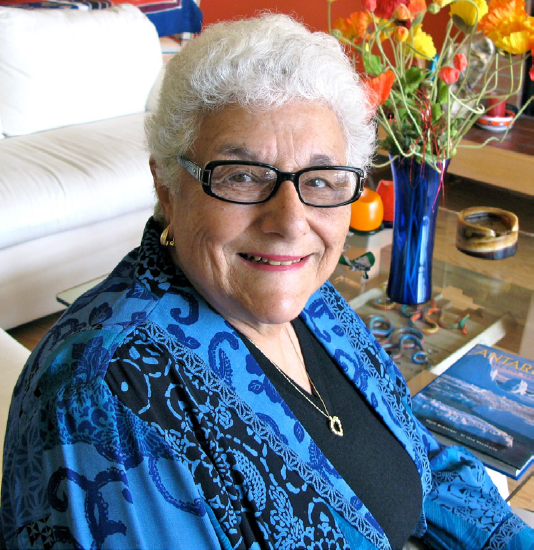7.1: Violence and Hate Crimes
- Page ID
- 68364
Educator Dr. Virginia Uribe (pictured) began Project 10 in 1984 at Los Angeles’ Fairfax High as a dropout prevention program for “students who self-identify as gay or lesbian or who express conflicts over sexual orientation.” Project 10 grew to include a majority of high schools in the Los Angeles district and is today replicated in districts throughout the country.

Jamie N Abozny Was Verbally and physically assaulted in school for being gay. When he and his parents complained, school administrators blamed Jamie for the assaults because of his sexual orientation. Jamie attempted suicide, ran away from home, and suffered from post traumatic stress disorder. Eventually Jamie opened a civil suit against his public high school for failing to protect him. In a landmark decision in 1996, the jury ruled that a school could be held accountable for failing to stop anti-LGBTQ abuse.
That case increased accountability for schools to ensure the safety of their LGBTQ students. It led to the nationwide development of sexual orientation anti-harassment policies and programs in schools. Today, GLSEN (Gay, Lesbian & Straight Education Network), PFLAG (Parents, Families and Friends of Lesbians and Gays), and other groups work with schools to support LGBTQ students. Many LGBTQ students take part in an annual Day of Silence, during which they take a vow of silence to raise awareness to the harassment and discrimination that LGBTQ people often suffer in silence.
The Hate Crimes Prevention Act (HCPA) was introduced in Congress in 1997 to expand federal protection to include those subject to a criminal act on the basis of their gender or sexual orientation. HCPA received renewed interest the next year when Matthew Shepard, an openly gay university student, was brutal- ly beaten and left to die in rural Wyoming. In 1999, HCPA was defeated in Congress, but the measure was later reintroduced as the Mat- thew Shepard and James Byrd, Jr. Hate Crimes Prevention Act, with disability and gender identity added to the list of protected people. The act was signed into law in 2009, becoming the first federal law to offer protection to transgender people.

DEFINITION OF TERMS
As the transgender community became more integrated into gay, lesbian, and bisexu- al community activism, the term LGBT (or GLBT) became common in the 1990s, while LGBTQ (lesbian, gay, bisexual, transgender, and queer) gained popularly in the 2000s. Alternative acronyms such as LGBTQIA (adding intersex and asexual), LGBTTQQIAAP (adding transsexual, questioning, ally, and pansexual), and other acronym combinations also proliferated in the 2000s. Queer gained increasing usage across this era as a positive all-inclusive umbrella term. Queer studies became an entrenched field in academia for the study and scholarship of gender and sexual identity.


